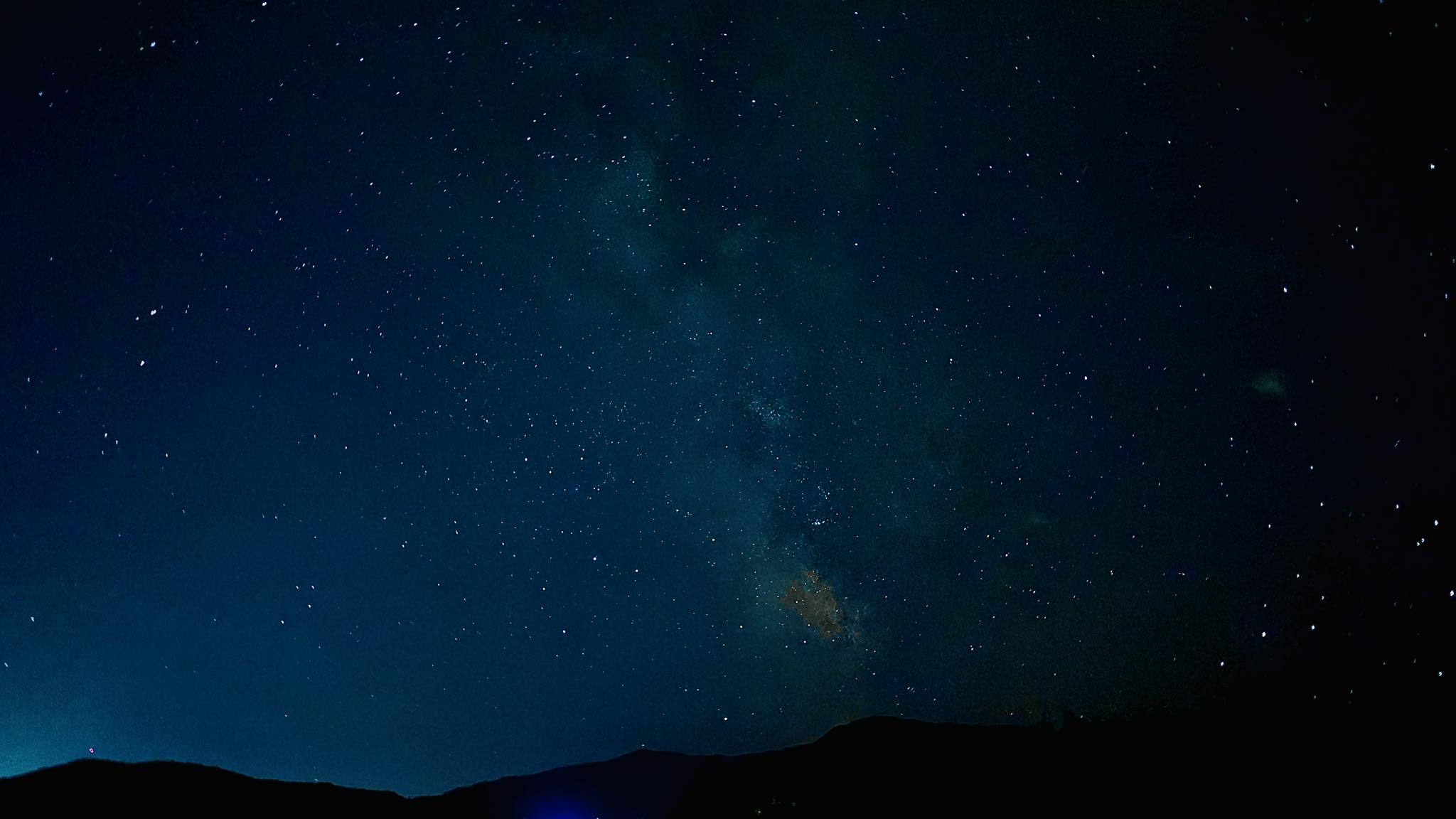Stargazers can expect a celestial display Tuesday night as two meteor showers—the Delta Aquarids and Alpha Capricornids—peak under relatively favourable conditions.
The double-shower event is expected to be visible late Tuesday into the early hours of Wednesday, with peak activity overnight on July 29–30.
What to expect: Delta Aquarids and Alpha Capricornids
According to the American Meteor Society (AMS), the Southern Delta Aquariids are currently active and will peak the night of July 29–30, 2025. The meteors appear to radiate from the constellation Aquarius and are best seen after midnight. The radiant is low in the southern sky for Canadian viewers, which may reduce hourly rates, but the shower is still expected to produce between 10 and 25 meteors per hour at its peak.
The Alpha Capricornids, peaking the same night, are weaker in volume—typically yielding only about five meteors per hour—but they are notable for producing bright fireballs, according to the AMS. This shower is seen equally well from both hemispheres.
Viewing conditions: Better than average
This year’s moon phase is favourable. The Farmer’s Almanac notes that the waxing crescent Moon will be about 33% full on July 30, offering less moonlight interference for spotting meteors—especially important for fainter Delta Aquarids.
The AMS adds: “In 2025, a waxing crescent moon will set before the radiant is high in the sky. Therefore, circumstances are favourable for viewing this shower during the morning hours.”
Local skies are also expected to cooperate. According to Environment Canada, the forecast for Tuesday night in Airdrie is:
-
“Partly cloudy with 30 percent chance of showers this evening and risk of a thunderstorm. Clearing late this evening. Fog patches developing overnight. Low 8.”
Conditions should improve by early morning:
-
“Sunny. Fog patches dissipating in the morning. Wind becoming southeast 20 km/h near noon. High 26. Humidex 30. UV index 8 or very high.”
The night of July 30 into July 31 is also forecast to be clear, with a low of 10—ideal for follow-up viewing.
Tips for watching the meteor showers
The Canadian Space Agency recommends the following for a successful meteor-watching experience:
-
Avoid light pollution: Get away from urban centres and seek out dark-sky locations.
-
Choose a clear vantage point: Avoid trees and buildings blocking your view.
-
Let your eyes adjust: Give them 15–20 minutes to adapt to darkness.
-
Avoid phones and bright lights: Use red flashlights if needed.
-
No special gear required: Meteors are best seen with the naked eye, though binoculars can enhance other celestial views.
-
Dress warm and check the forecast: Even summer nights can turn cold.
Looking ahead: Perseids still to come
While the Delta Aquarids and Alpha Capricornids are this week’s highlight, the Perseids remain the marquee summer shower. They peak August 12–13, with typical rates of 50–75 meteors per hour under dark skies.
But this year, viewing will be hampered by a nearly full moon.
According to the AMS: “In 2025, the waning gibbous moon will severely compromise this shower. Such conditions will reduce activity by at least 75 percent, as only the brighter meteors will be visible.”
Still, the Perseids are active from mid-July to late August, so early or late-night observing in the days before peak may offer better results.
The science behind the streaks
As explained by the AMS, meteor showers occur when meteoroids—bits of cosmic debris—enter Earth’s atmosphere at high speeds, creating streaks of light as they burn up. Each shower has a parent object:
-
Delta Aquarids: Possibly Comet 96P/Machholz
-
Alpha Capricornids: Comet 169P/NEAT
-
Perseids: Comet 109P/Swift-Tuttle
Sign up to get the latest local news headlines delivered directly to your inbox every afternoon.
Send your news tips, story ideas, pictures, and videos to news@discoverairdrie.com. You can also message and follow us on Twitter: @AIR1061FM.
DiscoverAirdrie encourages you to get your news directly from your trusted source by bookmarking this page and downloading the DiscoverAirdrie app.
